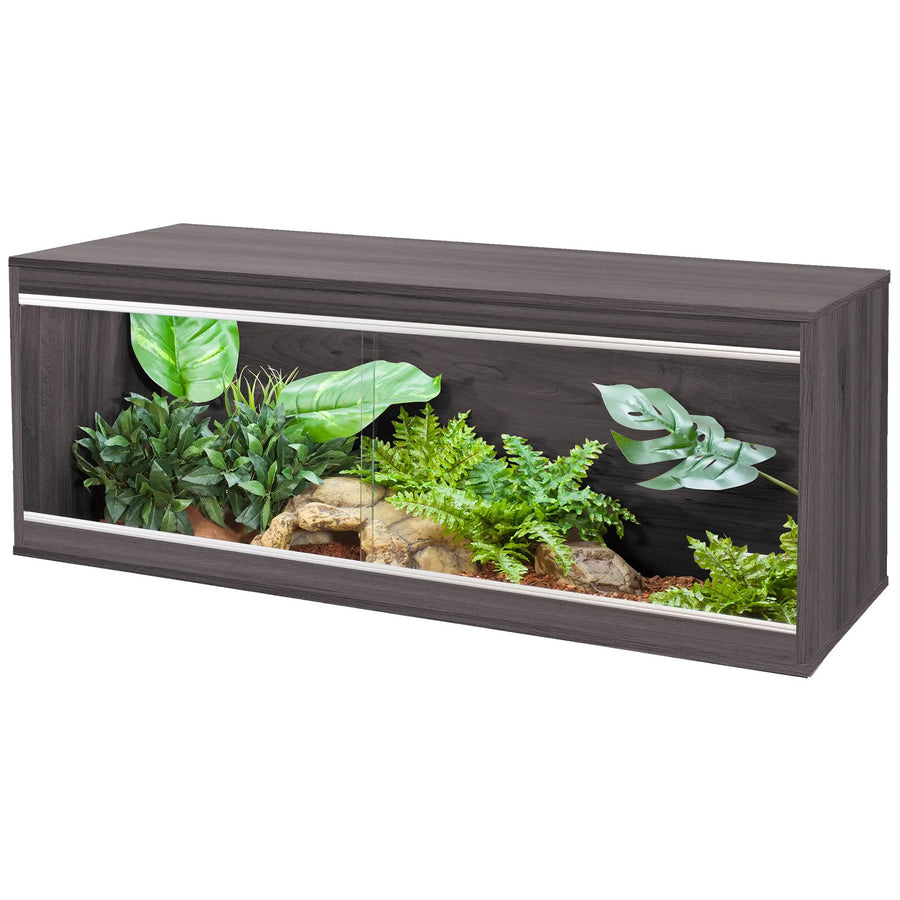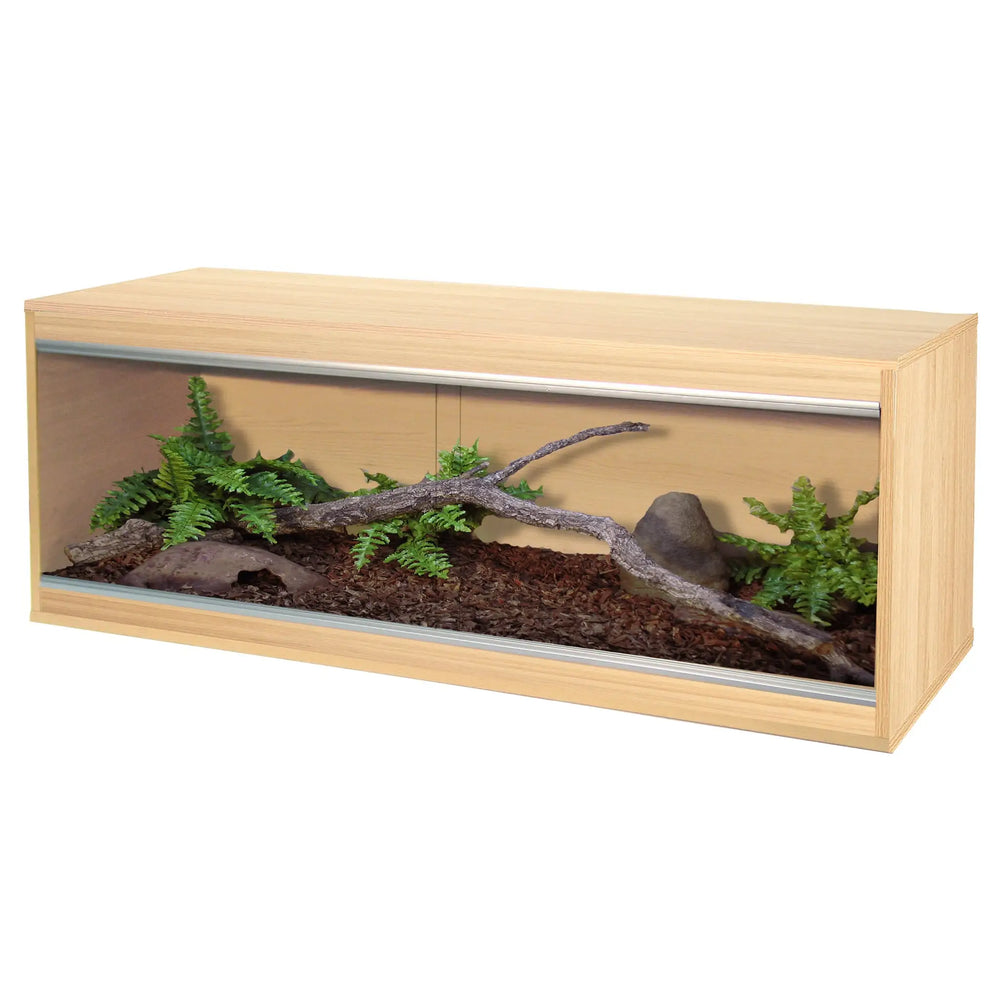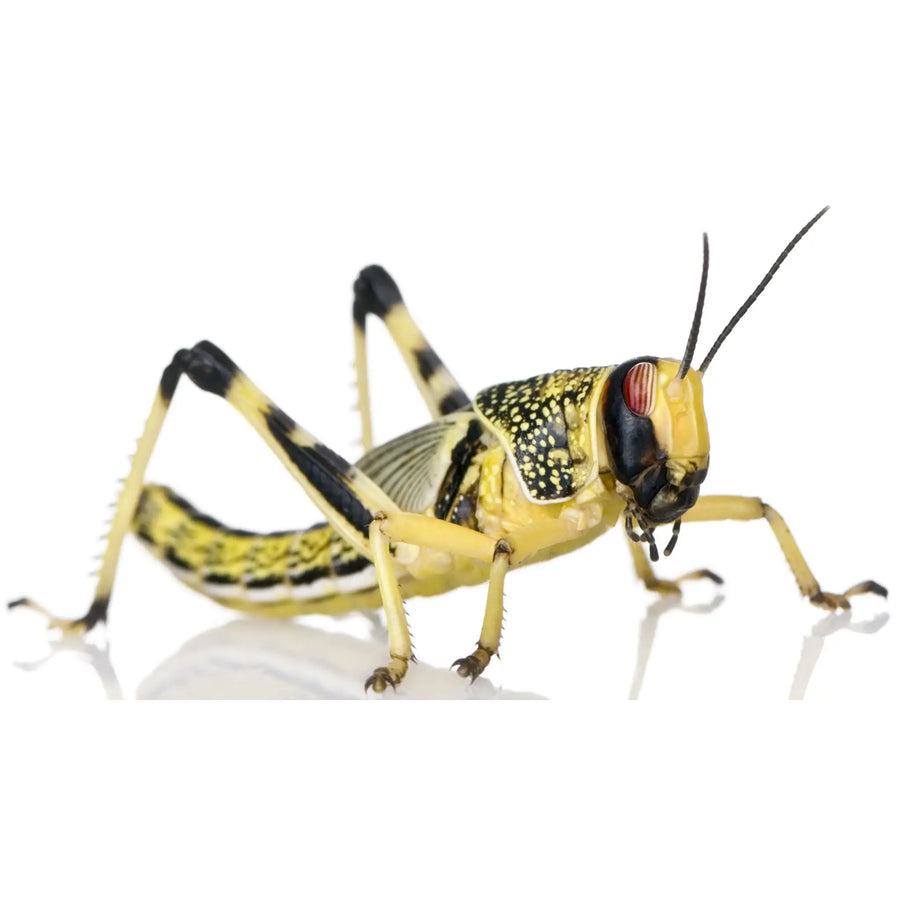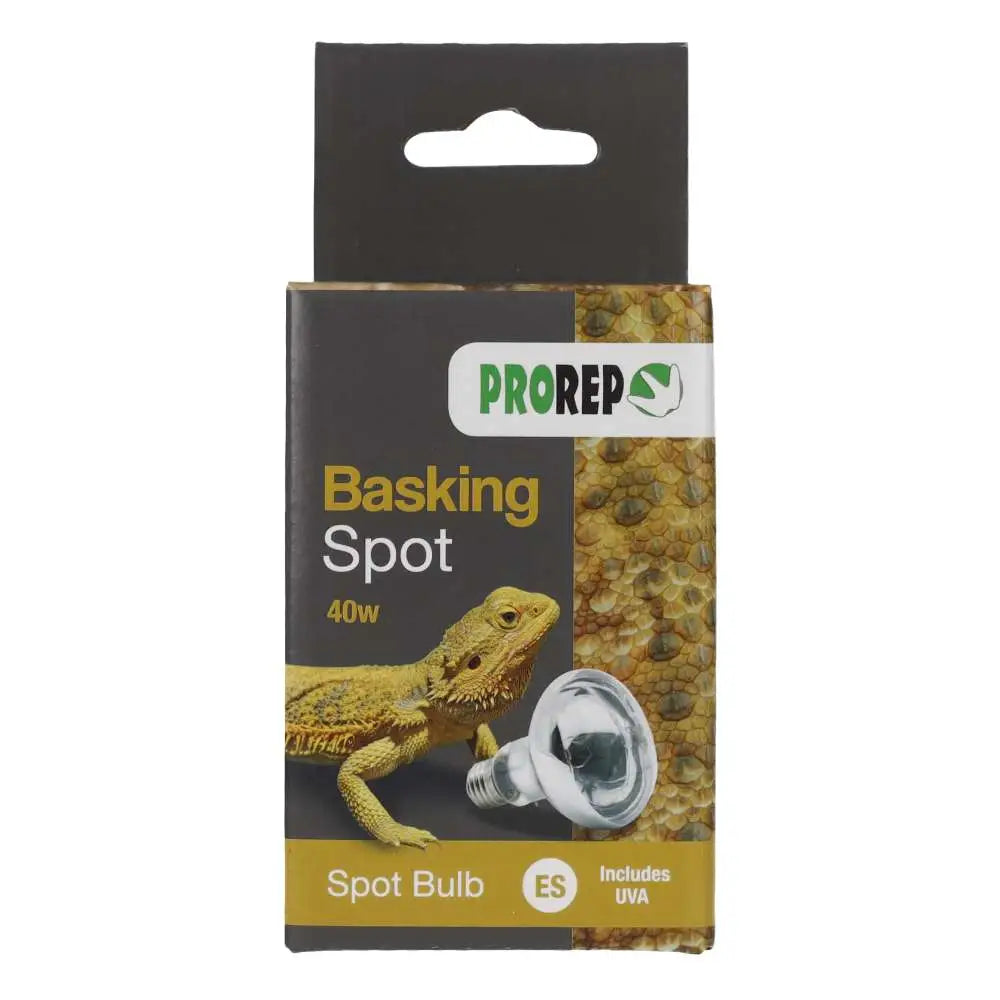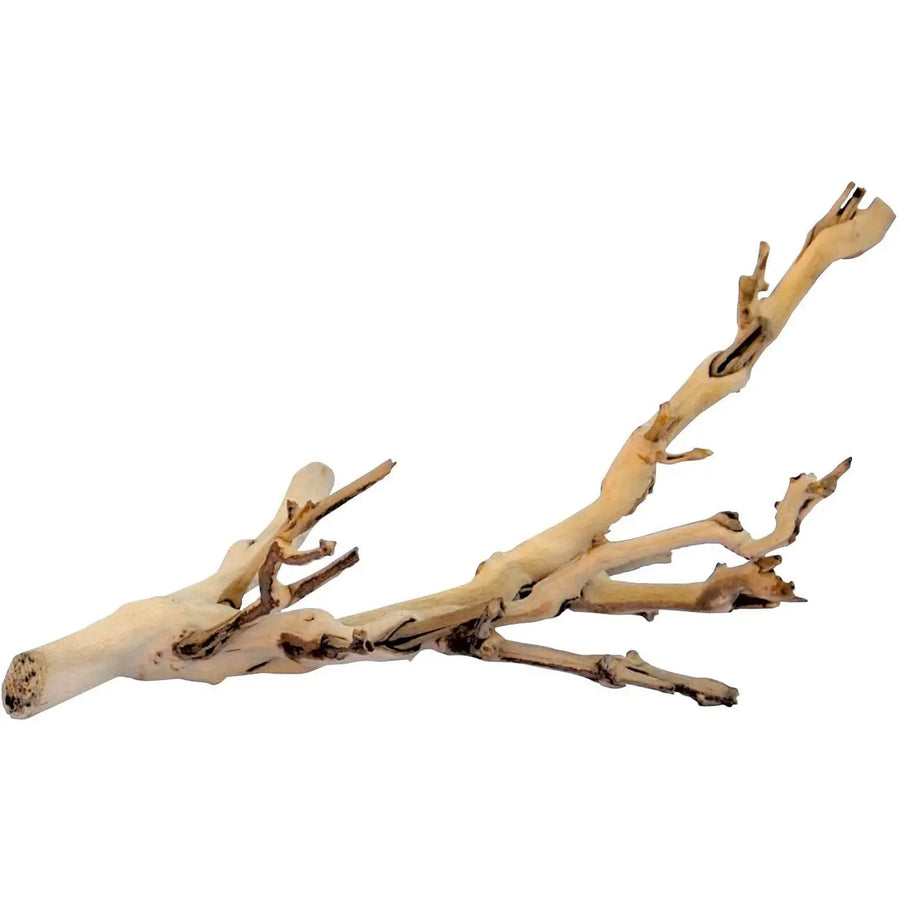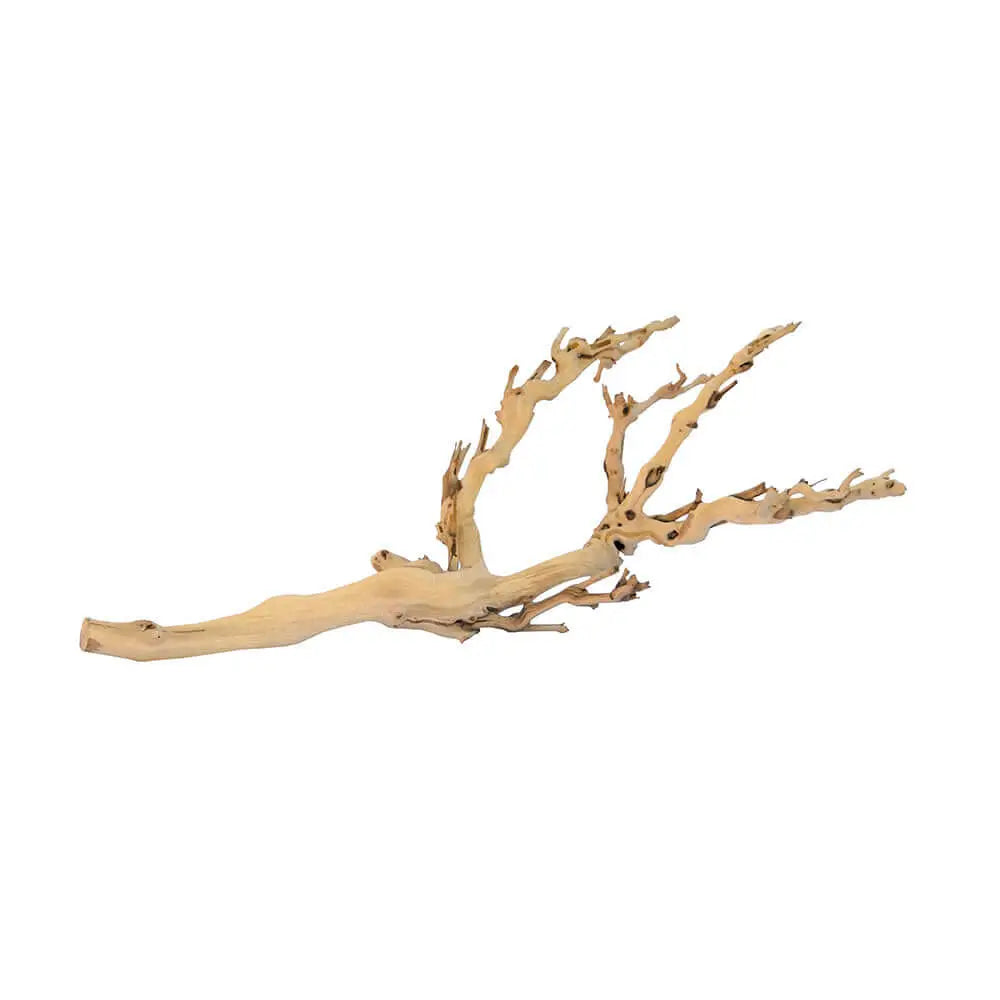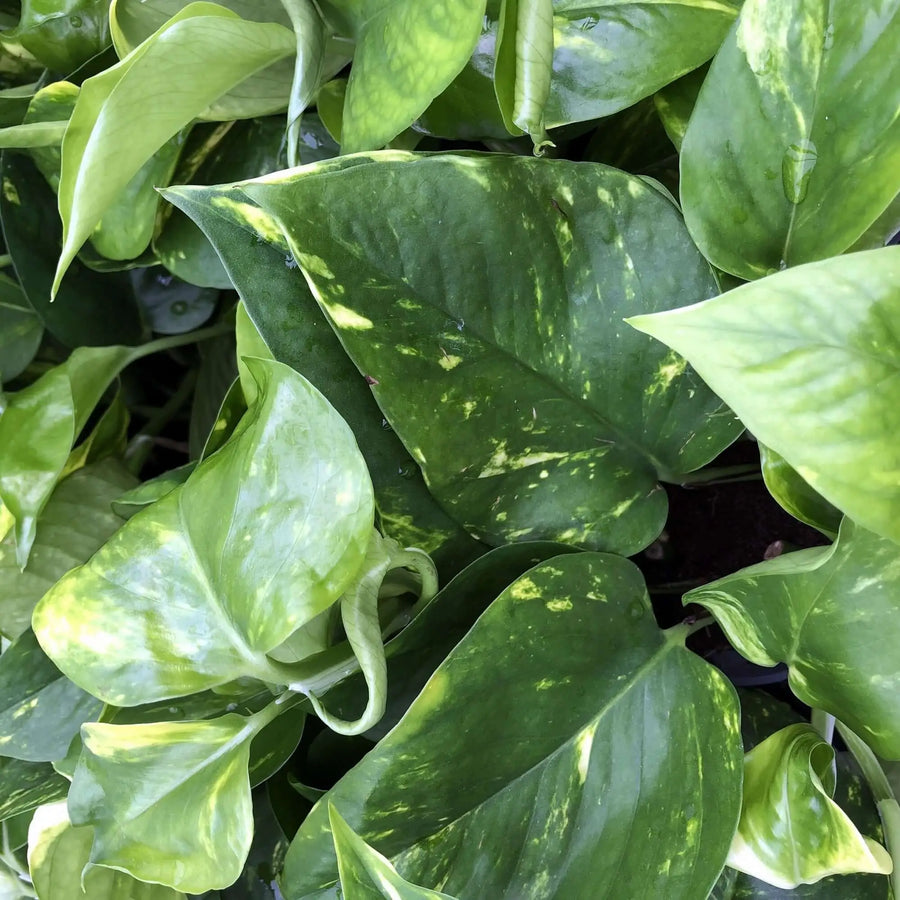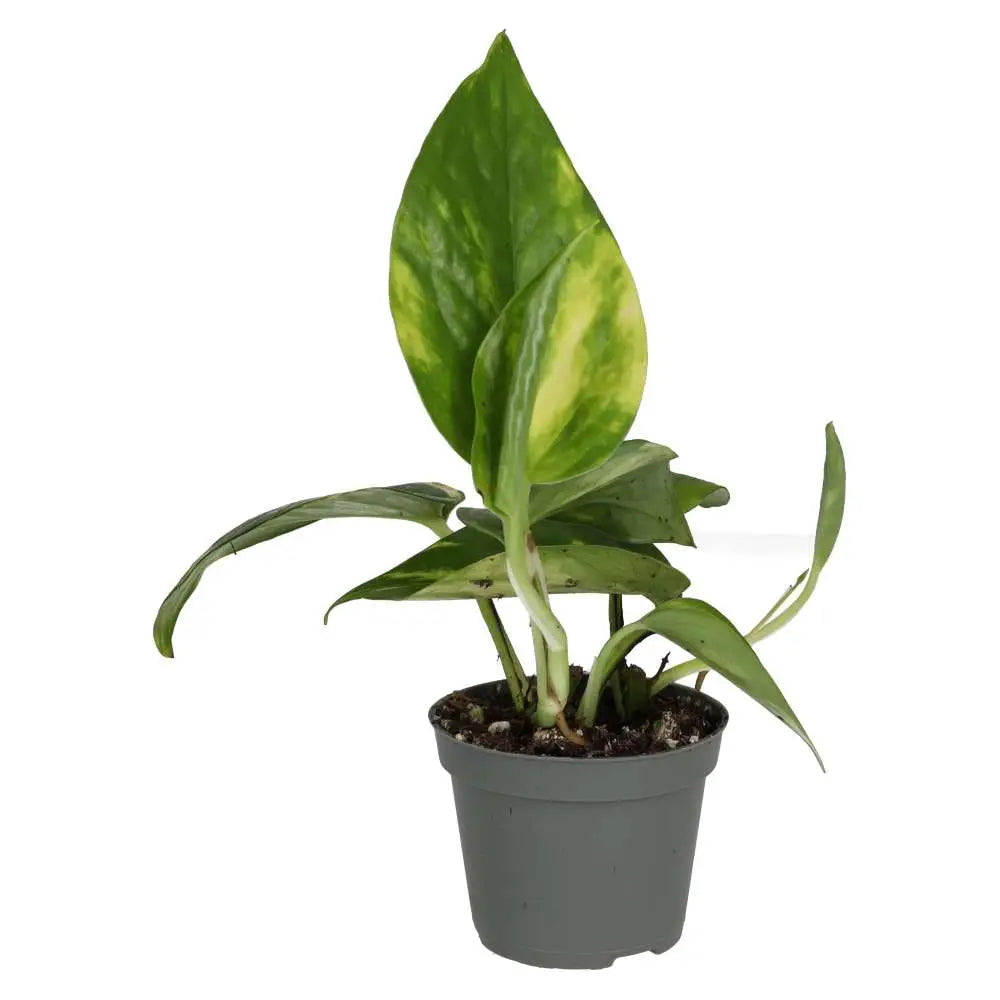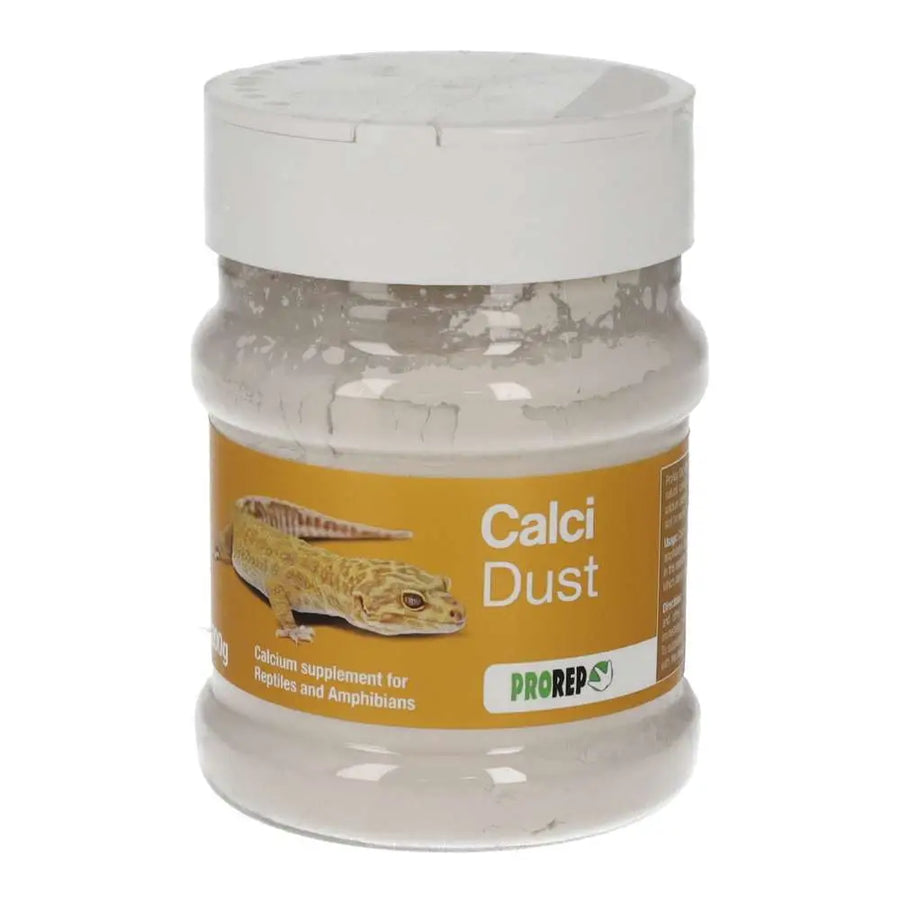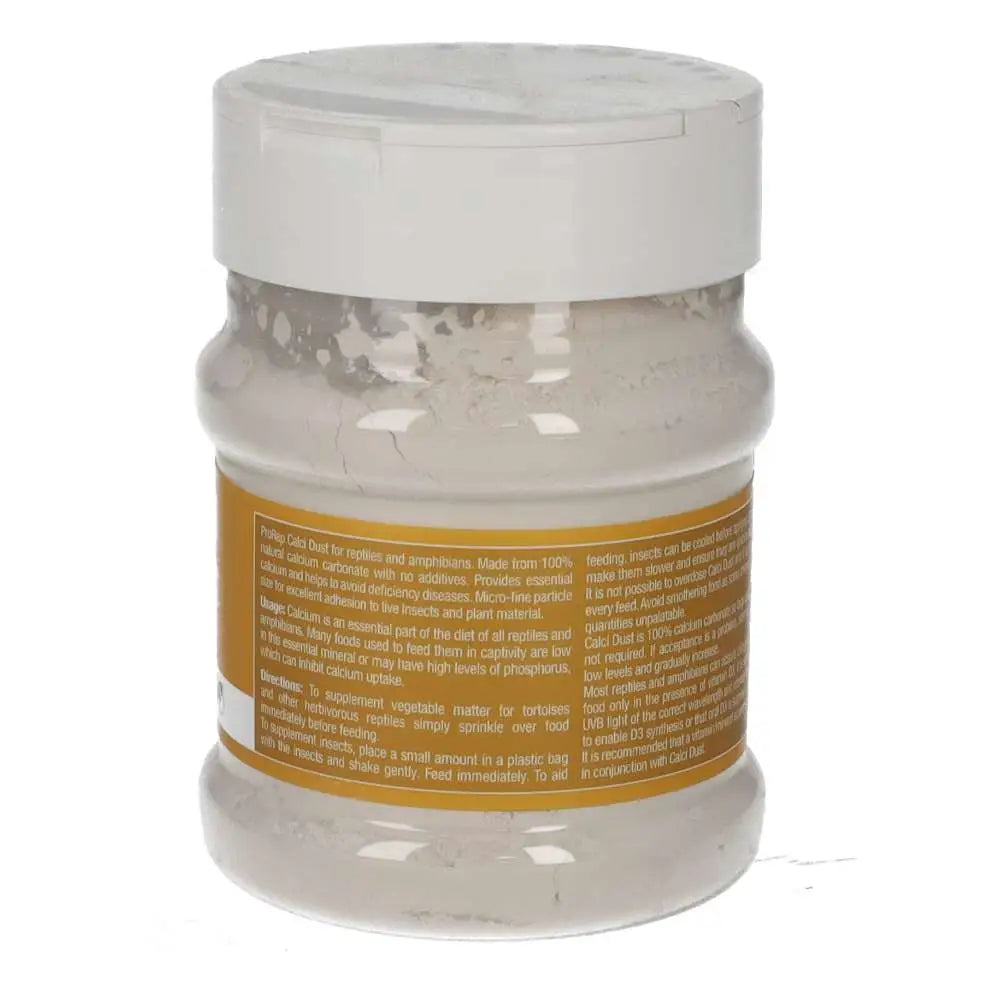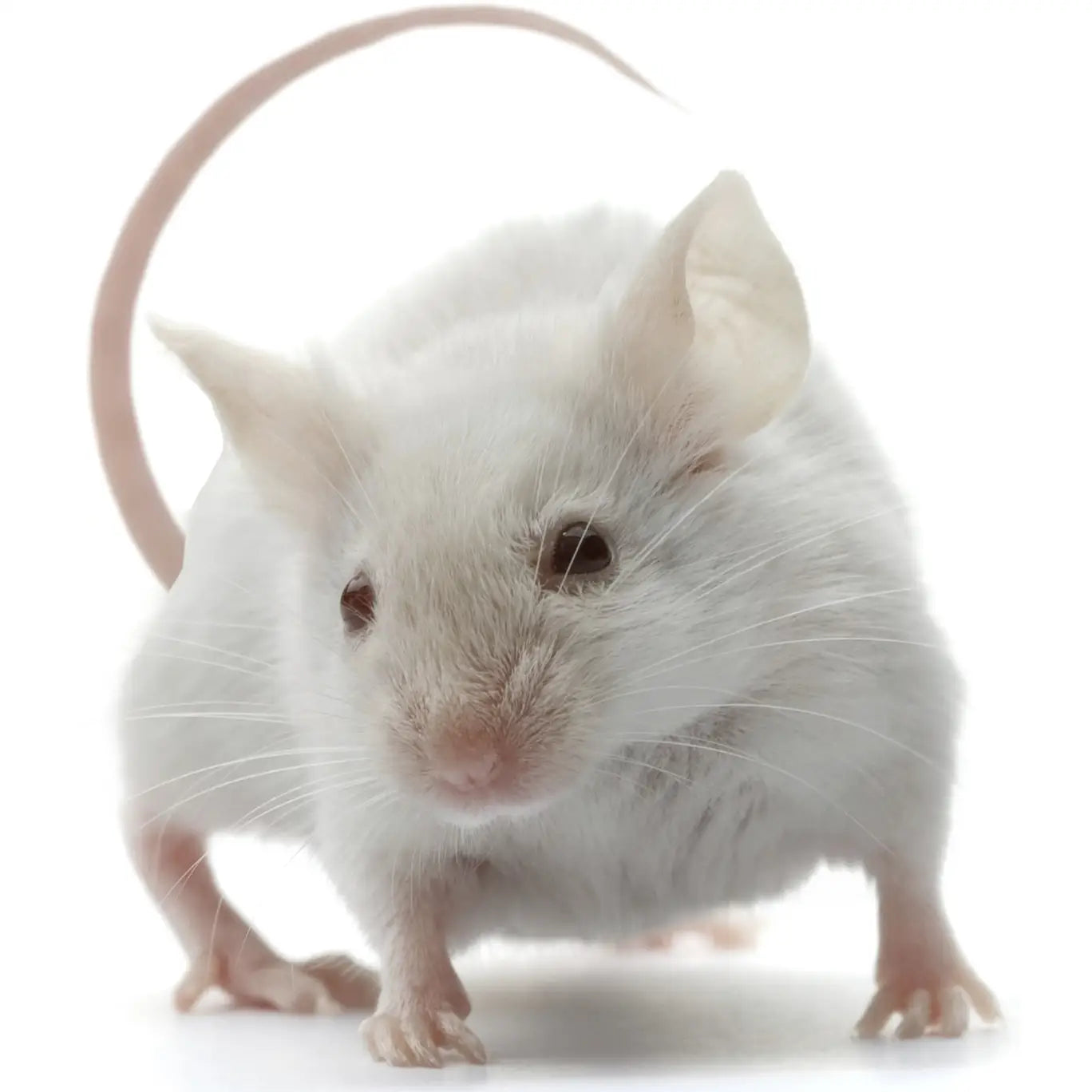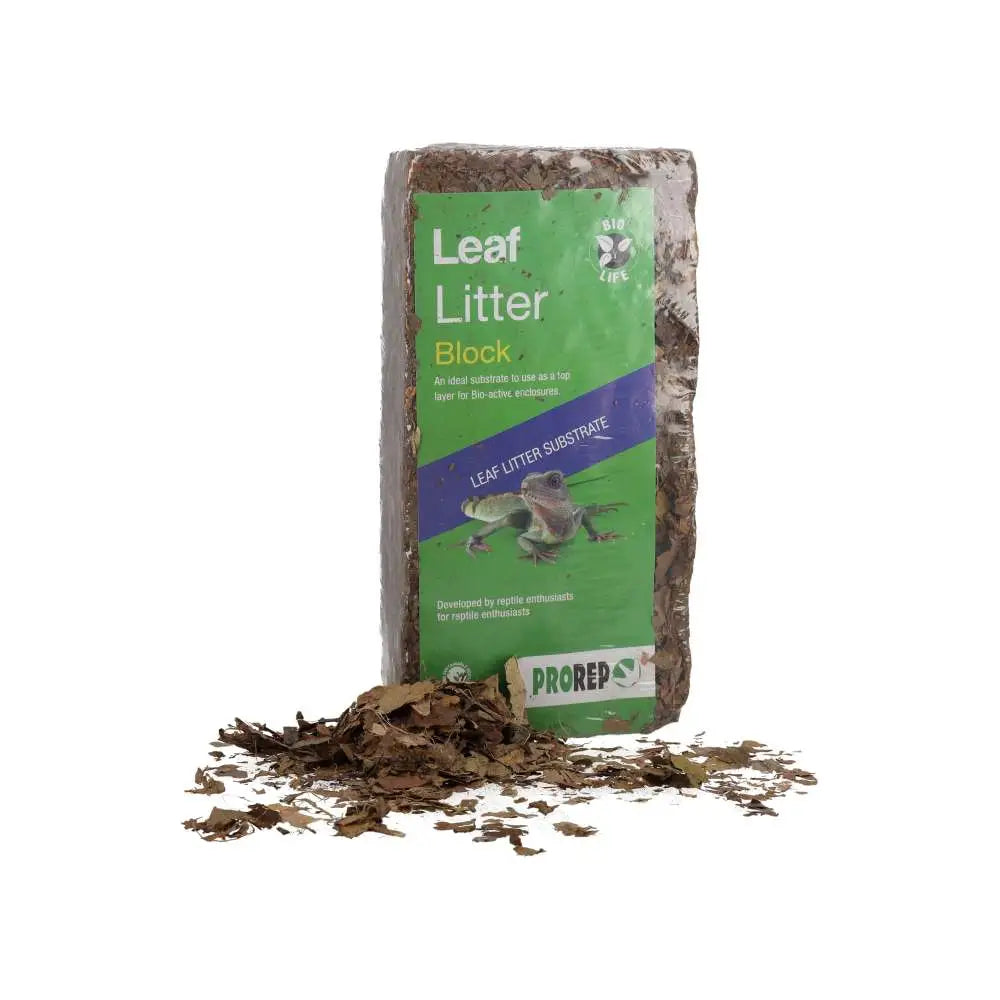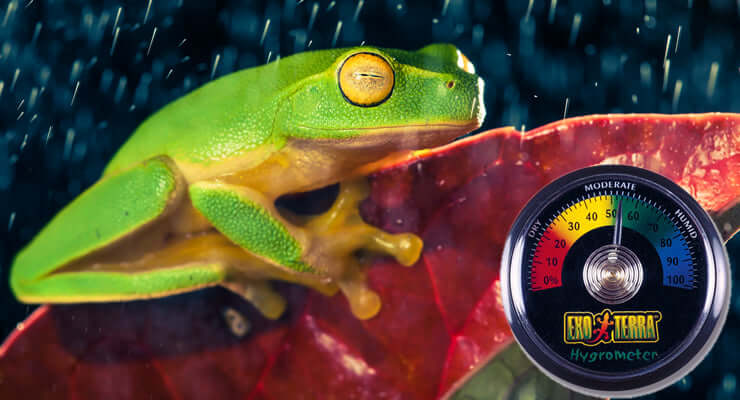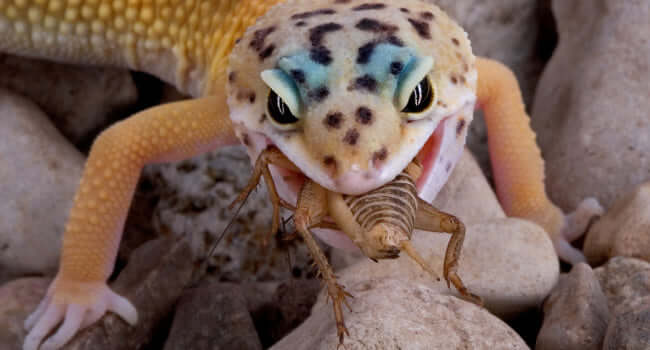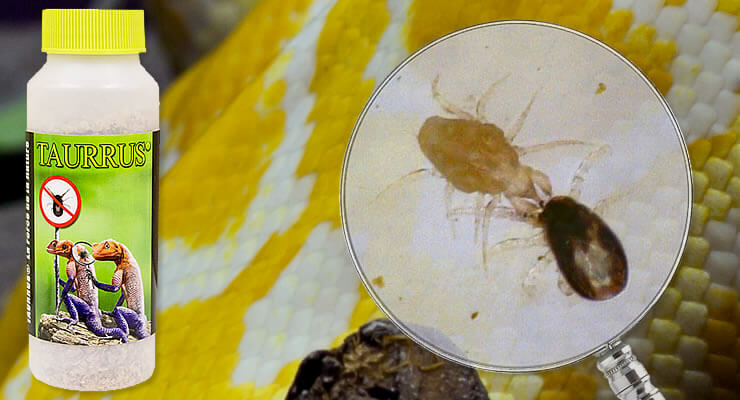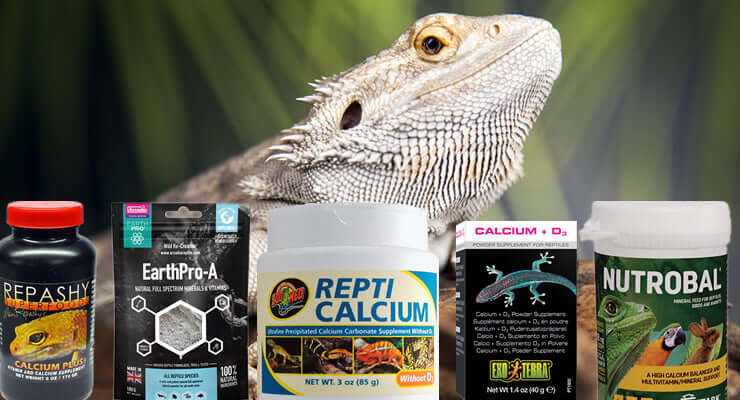
Heat Cables: The Hidden Hero in Reptile and Aquatic Setups
by Gary Rolfe on in Products
Think heat cables are just for keeping pipes from freezing? Think again. These clever little cables have been quietly working behind the scenes in everything from luxury hotel floors to commercial greenhouses, and now they’re making waves in the reptile and aquatic world.
Whether you’re building a naturalistic vivarium, fine-tuning a paludarium, or setting up a reptile rack system, heat cables offer an efficient, flexible, and often invisible way to keep your setup warm and thriving.
In this guide, we’ll show you how to use heat cables safely and effectively and inspire a few DIY ideas along the way.
The Role of Heat Cables in Reptile and Aquatic Setups
Although not as widely used as perhaps they should be, heat cables still have a massive amount of applications for both the aquatic and reptile hobbies.
This is true, more than ever, as both hobbies are moving to more naturalist setups as well as keeping to the more conventional applications most people associate heat cables with.
The ReptiZoo heat cable comes in four sizes/wattages:
- 4m/15W
- 5m/25W
- 7m/50W
- 9m/80W
Waterproof and Versatile for Aquatic Use
Some heat cables are completely waterproof and can be left constantly submerged. One of the uses for these, traditionally in the aquatic hobby, has been for planted aquariums where the cable is placed underneath the substrate.
Heat cables work very well in situations where you would normally use a traditional aquarium heater, so something like a paludarium, which has become very popular in recent years.
This serves two functions; it warms the roots of plants, promoting healthy plant growth, but it also heats the aquarium as well. It will provide a nice, even heat along the full length of the cable, very efficiently.
Easy Installation with Hidden Heat Output
It can be placed completely out of sight, leaving the beauty of the setup to be enjoyed unobstructed by traditional equipment. Simply by using the clips provided, install the cable directly to the glass bottom in the base of your water section. This is also the ideal time to place your thermostat probe before covering it with your choice of substrate.
Efficient Heating for Reptile Racks and Breeding Setups
Now we are onto the subject that the majority of people associate with heat cables: reptile racks or shelving systems with a cable at one edge to heat multiple small containers. This is an incredibly efficient and cost-effective way to raise baby reptiles before moving them into larger enclosures as they grow.
Create Custom Basking Shelves with Heat Cable Grids
Hot rocks or basking shelves, for larger animals, can be easily made if you possess some basic DIY or craft-based skill sets. They can be fixed to larger plastic or metal grills in a grid-type fashion, which makes ideal basking or maternal brooding sites for larger reptiles.
As with the aquatic and semi-aquatic uses, with a little insight, these can be made virtually invisible from an aesthetic viewpoint.
We will be adding builds covering all these applications onto our various social media platforms.
Heat Cables: More Than Just for Reptiles

Heat cables have had many uses over the years, and to give a brief insight into the versatility of this product, we can give you some more prominent examples.
The plumbing industry has used this technology for trace heating on pipework for freeze protection by using just one cable. Multiple or spiralled cables around pipes are used to warm the contents to allow them to be pumped from place to place. This works well for oils, fats, margarine and even products like honey flow smoothly if warmed.
Common Commercial Uses for Heat Cables
Heat cables have long been trusted in commercial settings for their reliability and versatility. You’ve probably experienced them without even realising it, like stepping onto a toasty hotel bathroom floor!
Here are some of their most popular uses:
- Under floor heating system: Ideal for floor warming in homes, hotels, and office spaces
- Soil warming cables: Used in greenhouses and gardens to extend growing seasons
- Hydroponic bed heating: Helps accelerate plant growth in controlled environments
These same principles translate beautifully into the reptile and aquatic hobby, especially when creating stable, naturalistic environments.
Ready to Transform Your Setup with Heat Cables?

Heat cables are quietly revolutionising how reptile keepers and aquatic hobbyists create warm, natural, and efficient environments. From nurturing delicate plant roots in paludariums to providing cost-effective heating for reptile racks and custom basking spots, these cables offer unmatched flexibility and performance.
Want to see heat cables in action? Follow our social media channels for step-by-step builds, tips, and inspiration.
Ready to bring warmth and life to your reptile or aquatic world? Explore the Reptile Systems heat cable and heating mats range at Reptile Centre today or contact our team for advice and take your setup to the next level!
Frequently Asked Questions

Are Heat Cables Safe?
Yes, if used correctly. Always follow the manufacturer's guidelines. All heating products, unless otherwise stated, should be used with a suitable thermostat to monitor the required output temperature.
What Type of Thermostat Should I Use?
ReptiZoo heat cables work well with on/off thermostats to maintain consistent temperatures. For best results, pair them with a reliable thermostat that offers precise temperature control to protect your reptiles and plants.
Is All the Cable Heated?
No, some of the ReptiZoo heat cable is unheated to allow safe connection to your thermostat or power source. Only the heated section should be buried or submerged for optimal performance and safety.


